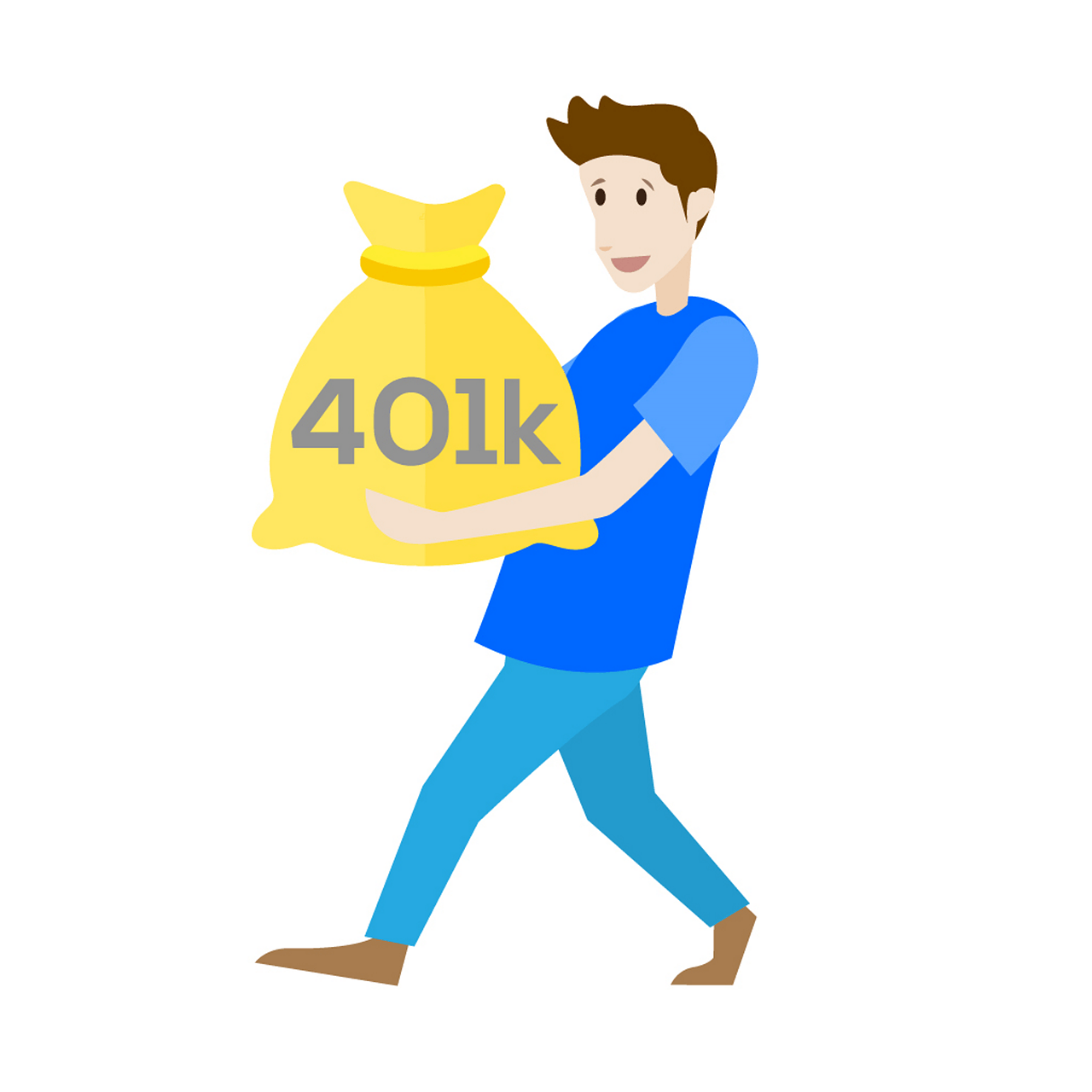Straight Talk About 401(k) and 403(b) Retirement Plans
Investing in your employer’s 401(k), or 403(b), plans is a great way for employees to save and grow their hard-earned dollars! Both plans are employer-sponsored retirement plans. With the 401(k) and 403(b) plans, the money comes directly out of an employees paycheck. Most large companies offer their employees these plans.
Traditional and Roth 401 (k’s):
There are two types of 401 (k) to choose from: Traditional and Roth. With the “traditional” 401 (k) plan your contributions are not taxed until withdrawn. The “Roth” 401 (k) contributions, on the other hand, are funded with after tax dollars so any withdrawals are tax free at retirement.
Benefits of 401(k) or 403(b) Plans
One benefit of the “traditional” 401 (k) plan is that your contributions are not taxed until withdrawn. This serves to lower an employees taxable income. Another advantage of these plans is that some employers make matching contributions. Some employers will match you dollar-for-dollar. These matching funds are “free” money for you! ..so it’s a great and easy way for you to invest and grow your retirement savings! If your employer offers either of these retirement savings plans… sign-up and take advantage of them!
Sadly, many Americans today are not contributing to their 401(k)’s, or 403(b)’s,…when, in essence, the employer is giving them “free” money for their future retirement! To overcome this employee reluctance, many companies are now “automatically” enrolling their employees in these work plans with an automatic contribution rate of 3% of salary. Employees also can choose to “opt out” of these accounts. However, don’t let these “free” monies go to waste and, if possible, contribute the “maximum” percentage that your employer will match.
It is important to monitor your employer’s 401(k) plan to find out what you are invested in! Typically, most 401(k)’s are invested in mutual funds. Mutual funds are “professionally” managed and can consist of stocks, bonds, money market instruments, and other assets.
The 403(b) plans, on the other hand, will invest in annuities or mutual funds. Annuities pay out a stream of income, at a later date, and are usually offered through an insurance company. Many of the features of a 403(b) plan are comparable to those of the 401(k).
Annuities are a long-term investment designated for retirement. With annuities, you make a series of payments or a lump sum payment. Annuities will give you a guaranteed fixed payment that can last for life.
Know What Fees You Are Being Charged For Your Plan
It is important for employees to know what their plan is invested in and, also, what fees their plan is charging them. With the demise of defined benefit plans (DBP), in 1978, (the older style of retirement plan),…many individuals do not understand that defined contribution plans (DCP), such as 401(k) and, 403(b) plans, charge fees! Many mutual funds inside these plans have hefty fees. All mutual funds and exchange traded funds have management fees. These fees can diminish your portfolio greatly over the long-term! It is to the employee’s advantage if their 401(k) is invested in a low-cost index fund such as Vanguard.
“If” you do not know what your retirement plan consists of…its’ a good idea to go to your human resources department, where you are employed, and see what you are invested in and what fees you are currently being charged. You do not want to be charged excessive fees. Companies are now required by law to reveal their fees on your statement.
Educate Yourself On These Plans
Furthermore, employers, by getting rid of the DBP, placed the “burden” on the employee, with the 401(k), or 403(b), plans, to know how to make investment decisions! Many people do not have the necessary financial education to invest. They were not taught financial literacy in schools. So, it is more important now, than ever, with these retirement plans, to educate yourself when it comes to your money.
Unfortunately, our educational system in America has done a “poor” job of providing adequate personal finance instruction. Educating our youths in financial matters should be a requirement in our schools today!
Many employees, upon leaving their current employment, “cash out” their 401(k)’s. This is not a good idea! The employee would do better by rolling their plan over to their new employer’s plan or an IRA. You will incur penalties and taxes if you cash your 401(k) plan out! In addition, the employee is giving up future compound interest a plan could be earning.
Taxes on 401(k)’ s and 403(b) Plans
It is also not a good idea to take out a loan, or make a withdrawal, from your 401(k), or 403(b), plan before age 59 1/2. Doing this will cause you to pay federal income tax and also a 10% penalty on the monies you withdraw from your plan. An individual may later regret taking money out of their retirement savings!
Even though these plans offer tax advantages, it is a requirement by the IRS that individuals begin taking distributions by age 70 1/2. The IRS refers to this as “required minimum distributions.” and will tell the taxpayer the amount of distribution to take. This distribution will be considered income to the taxpayer.
In conclusion, there are many benefits to signing up for your employer’s 401(k) or 403(b) plan. Employees can automatically save tax-free which serves to reduce their taxable income. In addition, many companies offer to match their employee’s contributions. This is in essence, “free” money for the employee! It is also a good idea for employees to roll over their 401(k) or 403(b) plans when they change jobs.
However, employees should be aware that at age 70 1/2 there will be required minimum distributions by the IRS. Employees would do well to monitor their plan to find out what assets their retirement plan consist of. It is equally important to make sure you are not being charged excessive fees with your plan.







